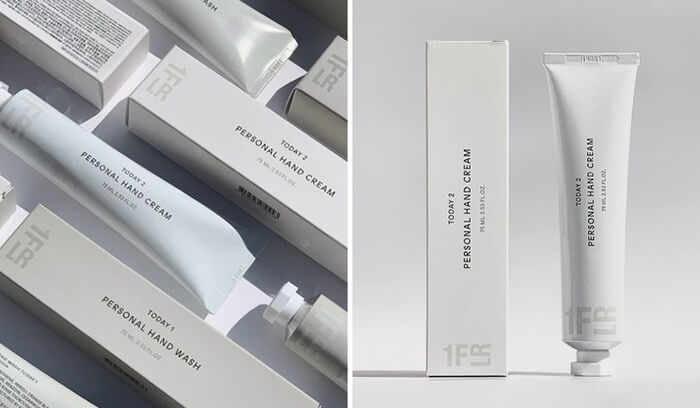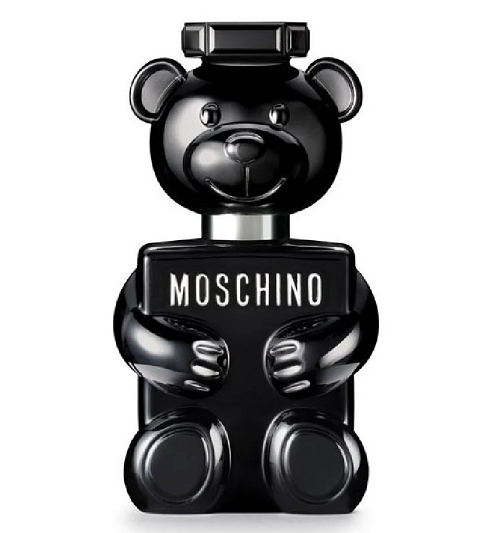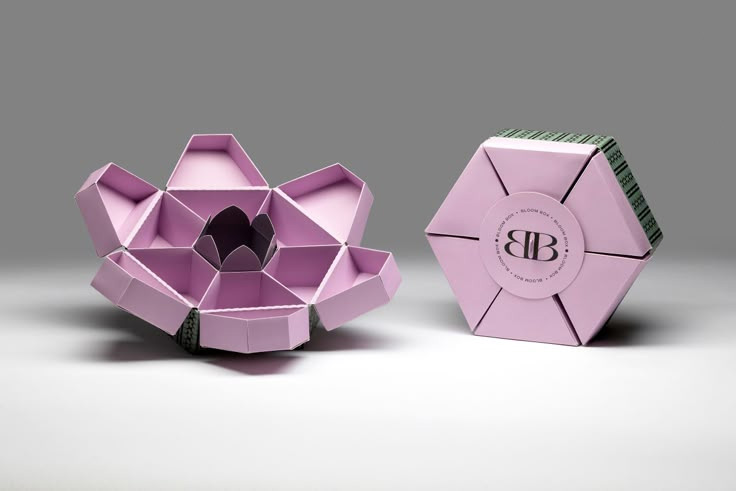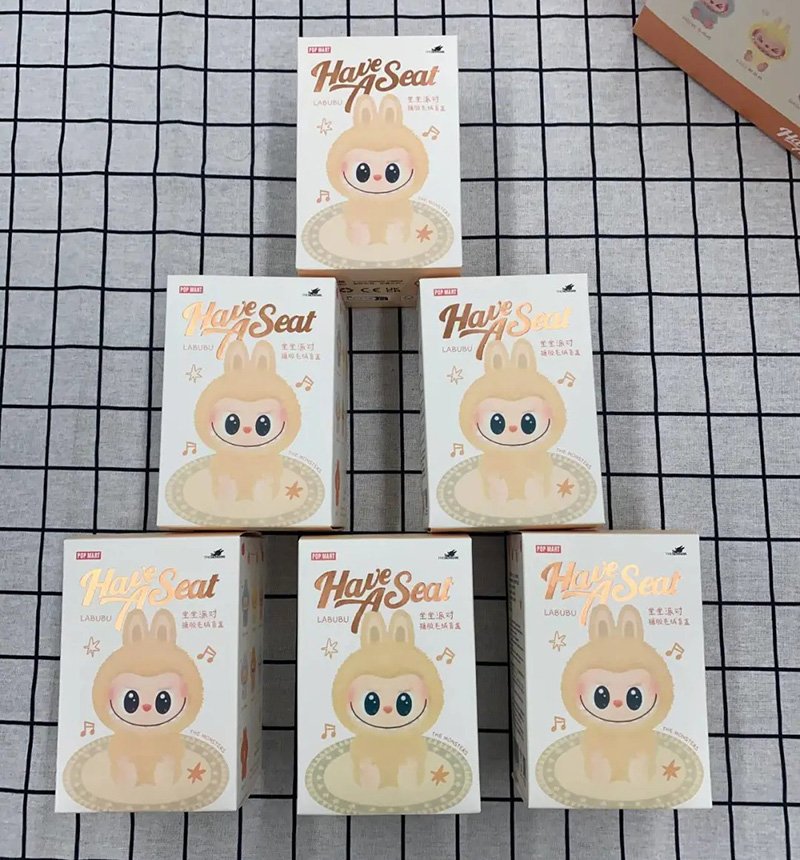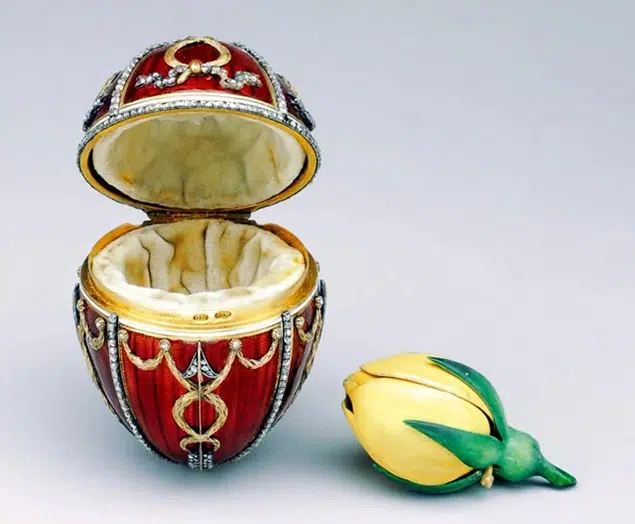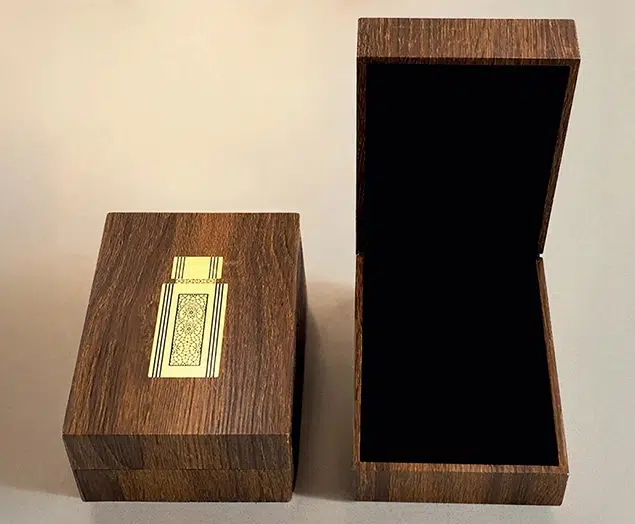Chinse Makeup History – Origin And Development Of Chinese Makeup
The Chinese nation has a long history of 5000 years. When did makeup come into being? Today, we will give you a detailed analysis of the origin and development of Chinese makeup and an overview of the evolutionary history of Chinese makeup. It is difficult to fully explain the origin of makeup with only one theory. The dominant culture of each social period is different, and its origins are also different. There have been four theories: insect repellent theory, hunting theory, witchcraft theory and sexual attraction theory.
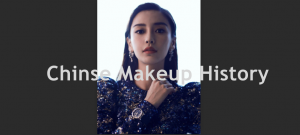
The Evolution of Chinese Makeup
The development of makeup in different periods has the characteristics of the times. The following is the origin and development of makeup in China.
Primitive society
Primitive humans used sharp tools to draw patterns and marks on the human chest, back, arms, and face to show their status and existence. Later, the fat and powder extracted from animals and minerals were used to decorate themselves, and the beautiful beads made of small stones, shells, or animal teeth were also used for decoration.
Spring and Autumn period and Warring States Period
1. The beauty of meekness and obedience prevailed. There was a tendency of lip pointing, constitutional monarchy, and slavery society,
2. Various schools of thought: Confucius, Mencius, Zhuangzi, Laozi, Han Feizi, the delicate and delicate facial image has become the aesthetic mainstream
3. No industry, mainly agriculture, less pollution and good skin.
4. Women use Yanzhi, which is a kind of flower called red and blue. Its petals contain red and yellow pigments. After the flowers are opened, the whole flower is picked off, and then placed in a stone bowl. After the yellow juice is removed, it becomes bright red dye and rice powder. The rice is made into powder and coated on the surface and exposed parts of the body. The skin is white and delicate. The rice powder can also be dyed pink and painted on the face to increase the skin’s rudeness. Before there were specific materials for thrush, women burned willow branches and painted them on their eyebrows.
Han Dynasty (Western Han Dynasty and Eastern Han Dynasty)
1. Beauty and wisdom dominate the mainstream
2. In the feudal society, women should be consistent
3. Female headwear and hairstyle are small, basically downward, forming the famous pony bun in history
4. There is a tendency to suppress the United States with Germany
5. Aesthetic point of view: skin as thick as cream, willow leaves with curved eyebrows, bright eyes, peach like face, white teeth and red lips, cherry small mouth
6. LV Yan subverts the traditional beauty of China
7. Dai, the black ore produced in the western regions, has been used to dye the eyebrows. It is the earliest thrush material. It is written in the literature that “those who win the favor of Dai green” is used to describe many people who use Dai thrush. At the same time, men’s make-up began to appear, but it was not as complicated and complete as women’s make-up. The main make-up technique was to apply wood powder and red powder. However, the makeup of male stars in the Han Dynasty was true, but it would be included in the category of flattery or slandered, indicating that men’s dressing powder has not been respected by ethics since ancient times.
Wei, Jin and Northern and Southern Dynasties
In the northern and Southern Dynasties, face decoration began to rise. In the northern and Southern Dynasties, when Buddhism was in vogue, and because of women’s respect for the Buddha, they specially painted the gold on the Buddha’s forehead, or cut the gold foil as a star, and stuck it on the forehead. Because the color is mostly yellow, it is also called flower yellow, goose yellow, etc. In Mulan poetry, it is written that “when the window is decorated with clouds and temples, the mirror is decorated with yellow flowers”. The yellow flowers here are face decorations. Later, this kind of dress gradually became decorative. On the one hand, it was necessary to change the face and costumes during the performance to show the characters in the play. In addition to the pure rice powder and lead powder, the Gong Ren Duan Qiaoxiao mixed rice powder and Hu powder with sunflower seed juice to synthesize “purple powder”.
1. The first national integration, Shaanxi Xiongnu;
2. Sichuan Qiang nationality; Zhejiang – She nationality
3. Elegant beauty and prosperity for a time
4. It is popular to arrange flower hairpins and step shakes on the head, resulting in wine dizzy makeup and flying clouds.
Sui and Tang Dynasties
It was the most prosperous period of the feudal system, with a territory of 10.47 million square kilometers. It was the largest period in China. The country was peaceful and the people were safe. The prosperity of Kaiyuan was characterized by fat. The representative figure Yang Yuhuan was the concubine of his son Shouwang at the beginning. Emperor Ming of the Tang Dynasty waited for her for 11 years. With fat as beauty, wide forehead, round face, plump and high bun, there is “ten eyebrows picture”, the famous court makeup artist Pang Sanniang
Luozi Dai, which was introduced from Persia, became popular. It is a kind of Dai block with various specified shapes after processing. When used, it can only be dipped in water without grinding. Because its appearance and production process are similar to those of ink ingots used for calligraphy and painting, it is also called “graphite” or “thrush ink”.
Eyebrow shapes also began to change. In the early Tang Dynasty, eyebrow makeup advocated long, broad and thick, which was very eye-catching. In the Tang Dynasty, from the heyday of Kaiyuan to Tianbao, the popular eyebrows were long, thin and light, and the names were moth eyebrow, Yuanshan eyebrow, and Qingdai eyebrow. In the middle Tang Dynasty (618 – 907), during the period from Tianbao to Yuanhe, the eight character eyebrows became popular again, forming the “Yuanhe contemporary makeup” with the characteristics of “three in one” with black lips and vertebral bun. The eyebrow makeup in the late Tang Dynasty inherited the characteristics of thick and broad, but it was very short. The most representative ones are “Guiye eyebrows”, as well as fashionable eyebrows such as blood halo makeup and willow eyebrows.
In the Tang Dynasty, apart from being round, mother of flowers also had various complicated shapes. Flower mother of pearl is a pattern cut and pasted on the forehead. There are many kinds of materials for flower cutting, such as gold foil, paper, fish gill bone, scales, camellia oil cake, and so on. Cut it into pieces and paste it with fish bladder glue or ha glue. According to the image materials of the unearthed cultural relics, the mother of Pearl has three colors: red, green, and yellow, with red being the most
In the Tang Dynasty, lip makeup also began to prevail, and lip shapes were different in different dynasties.
Makeup procedures for women in the Tang Dynasty:
Apply lead powder → apply Rouge → paint Dai Mei → paste mother of flowers
Spot facial dimple → trace oblique red → apply lip grease
Popular makeup, Feixia makeup, peach blossom makeup, red makeup, black makeup, purple makeup, three white makeup, Langlai makeup, etc
Song and Yuan Dynasties
Began to advocate the beauty of simplicity and elegance
Three inch Golden Lotus – it’s physical mutilation and mental torture
The Song Dynasty produced a large number of powder products, including palace powder, water powder, rice powder, Hu powder and white powder
Test point: foot binding has been popular for men since then
In the Song Dynasty, thrush ink was more widely used, and women rarely used stone Dai. At the end of the Song Dynasty and the beginning of the Yuan Dynasty, it was nicknamed “thrush gathering incense circle”. After the Yuan Dynasty, the eyebrow stones produced by Zhaitang, Mentougou District, western Beijing, were all used as the thrush stones of the palace women, and the same was true in the Ming and Qing Dynasties.
In the Song Dynasty, nail dyeing technology also began to rise, most of which were red nails. The material used was Impatiens mashed, and less alum was added. The silk cotton could be squeezed into the same thin sheet as the direct one and put into the flower juice. After absorbing water, it was taken out and placed on the direct surface. After three to five consecutive infections, it would not fade for several months. The nail enhancement in the Song Dynasty is not only a symbol of beauty but also an ornamental metal nail cover used by ancient Chinese officials to increase the length of their nails to show their noble status. In the Qing Dynasty, female concubines often wore delicate nail covers to show their status.
Qing Dynasty
It is popular to wear the “flag head”, from which the Qipao is born (protruding forward, cockroach belly). Qipao and Beijing opera are the two quintessence of China. The four major operas are Beijing Opera: the imperial concubine is drunk, Yue Opera (Shanghai, Zhejiang): a dream of Red Mansions, Henan Opera: Hua Mulan joins the army, and Pingju Opera: Xiao erhei gets married
Modern times: 1919-1949
The Republic of China was founded in 1912. Now Taiwan says that it was the Republic of China in 1998, which is now. The figures from 2010 to 1912 like thin eyebrows, red lips, high heels, perms, etc. Louis XIV invented high heels, which were first for men
Western: Court clothes
China: represented by Ruan Lingyu (hand push ripple)
Coco Chanel
Set off the reform of women’s clothing, wearing hats, suits, and breeches
Early 20th century
With the eastward spread of western culture, a series of changes have taken place in Chinese women’s cosmetics. Thrush materials, especially rod-shaped eyebrow brushes and chemically prepared black grease.
Advocate individuality
Undefined beauty
all flowers bloom together
Ol style: office lady
Punk style: Punk hooligans, trash, child molestation
Hippie: young Liberals
We should not be enslaved by fashion
The origin and development of Chinese make-up and the evolution history of Chinese make-up are the contents introduced above. Makeup is a long history of female beauty technology. On the one hand, it shows its status and existence; On the other hand, it rises because of practicality. For example, the ancient Egyptians painted ink around their eyes to avoid the damage of direct sunlight. Nowadays, makeup has become a means to satisfy women’s pursuit of their own beauty. Its main purpose is to increase natural beauty by using cosmetics and artificial skills.
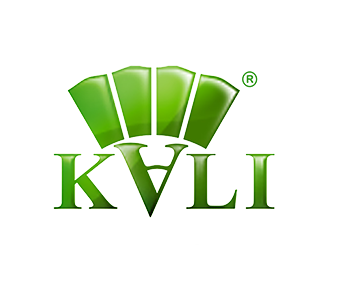
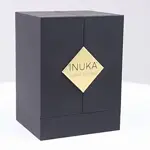
Top 10 Creative Cosmetic Packaging Design Ideas & illustrations 2023 | Luxury-Paper-Box.Com
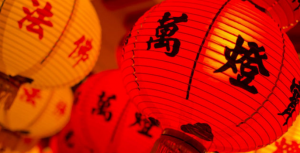
10 Customs Of The Spring Festival (Lunar New Year) You Need To Know
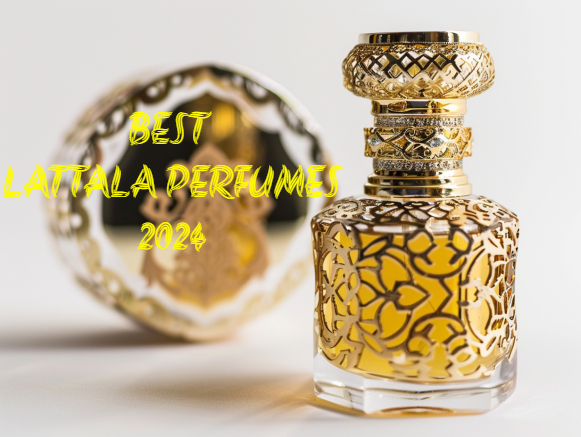
Top 10 Best Lattafa Perfumes for Women & Men in 2024
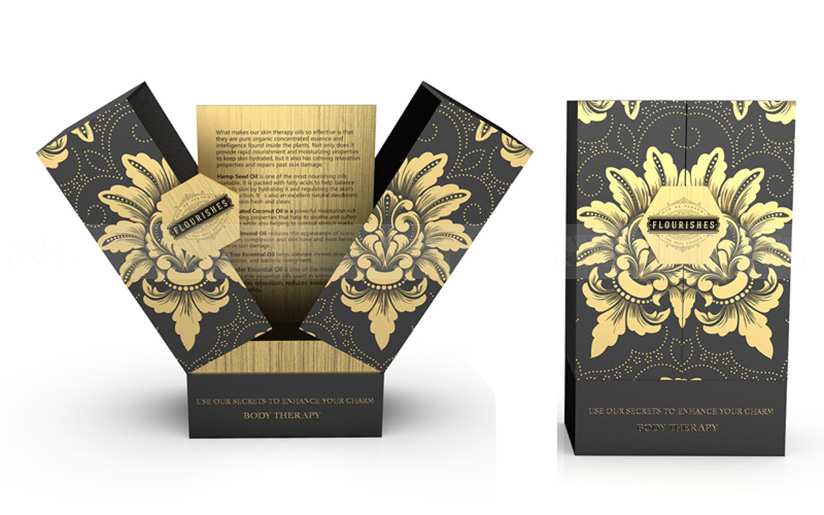


 kali@luxury-paper-box.com
kali@luxury-paper-box.com
